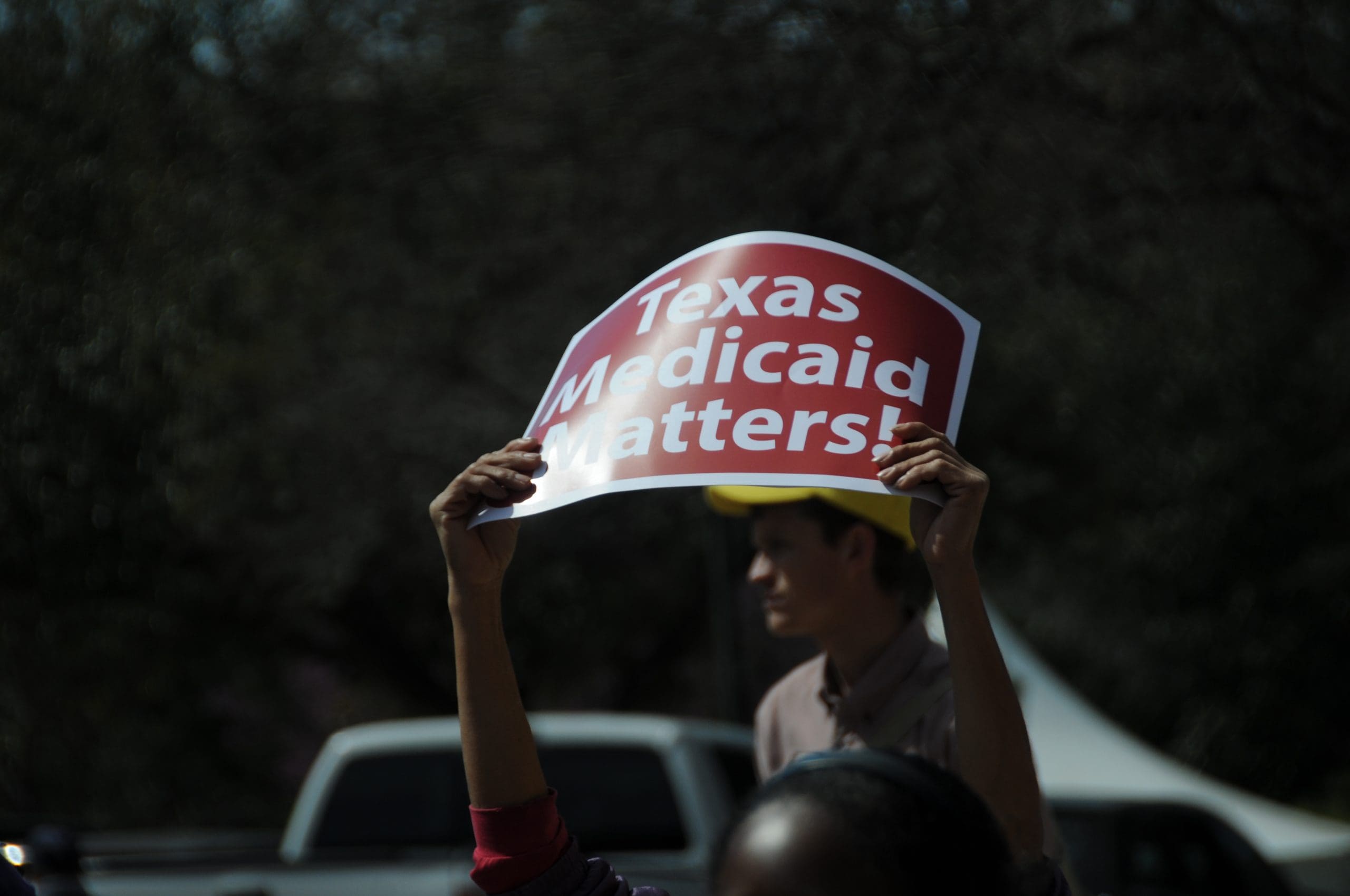Thanks to the Affordable Care Act (ACA), the number of Texans without health insurance continues to decline. Over 432,000 fewer Texans were uninsured in 2015 than in 2014. But despite the progress, Texas still has both the largest number (4.6 million) and percentage (17.1) of uninsured residents in the country. Today’s release of the Current Population Survey (CPS) by the U.S. Census, including a sneak preview of health insurance data from the American Community Survey (ACS), provides the second year of Census data showing how much health insurance coverage has grown since the implementation of new coverage options under the ACA in 2014.
“We are really pleased to see that in 2015, the Affordable Care Act continued to boost health insurance coverage in Texas,” said CPPP Associate Director Anne Dunkelberg. “But too many hard-working, low-income Texans are still left uninsured, while their better-off neighbors can get discount health coverage. And all Texans are losing out on the even larger health benefits and cost savings that most states – including conservative states – have gained by expanding coverage using federal Medicaid dollars.”
Today’s Texas highlights from the Census Bureau’s Uninsured data:
*Texas saw another year of improvement in its overall (all ages) uninsured number and rate:
- 2013 = 5.7 million Texans (22.1 percent)
- 2014 = 5.0 million Texans (19.1 percent)
- 2015 = 4.6 million Texans (17.1 percent)
- Note: Declines in 2015 are statistically significant changes from 2013 and 2014
*The data continue the tremendous gains we saw in the Census data last year. From 1999 to 2013, Texas’ uninsured rate fluctuated between 21 and 25 percent, and never had a one-year improvement of even a full percentage point. Since 2013 the uninsured rate has dropped a total of 5 percentage points, with 1.1 million fewer uninsured Texans since new ACA coverage options took effect in 2014.
*Texas had a notably smaller improvement in health care coverage than did states that expanded Medicaid coverage for below- and near-poverty adults. New Mexico’s uninsured rate improved from 18.6 percent in 2013 to 10.9 percent in 2015 (a drop of 7.7 percentage points); Kentucky improved from 14.3 percent in 2013 to 6.0 percent in 2015 (a drop of 8.3 percentage points).
*The main source of coverage gains in the U.S. and Texas since 2013 was direct purchase of insurance, which includes the ACA marketplace that launched in 2014. Medicaid coverage was the second largest source of gains nationally, and states that did some form of Medicaid expansion showed larger improvements in their uninsured rates for working-age adults (18-64) than Texas did. This is because non-Medicaid expansion states like Texas cover only a fraction of parents, and no uninsured adults without dependent children at home (unless over 65 or disabled, and in poverty).
*About 23 percent of working age Texans (ages 18 to 64) were uninsured in 2015, compared to a U.S. average of 13 percent. Census analysts reported today that in non-Medicaid expansion states, the uninsured rate for adults in poverty is about twice that in states with a coverage expansion for the working poor.
*Texas remains the state with both the largest percentage and the highest number of uninsured residents. Prior to 2014, California was the state with the largest number of uninsured residents despite a much lower percentage than Texas, because their population is so much larger than Texas. But California has seen robust increases in both private insurance coverage under the ACA Marketplace and public coverage for working poor adults due to the state’s Medicaid expansion, reducing their total number of uninsured residents below Texas’. California’s uninsured rate dropped from 17.2 to 8.6 percent from 2013 to 2015, bringing the number of uninsured down to 3.3 million, or 1.3 million fewer uninsured than in Texas.
*A much larger percentage of Texas kids (90.5 percent) than adults (82.9 percent) have health insurance thanks in large part to Medicaid-CHIP coverage available to many low-income Texas kids. Still, the Texas children’s uninsured rate (at 9.5 percent or about 682,000 uninsured for those under age 18) puts us with at the bottom of the rankings with Alaska and Arizona for the worst uninsured rate for children and teens in the country. Texas needs to do more to get more children who qualify for Medicaid and CHIP enrolled and to fix the barriers that prevent kids in families at higher incomes from getting coverage.
Stay tuned as Thursday (Sept. 15) the Census Bureau will release more American Community Survey data, including Texas-specific data about poverty and income. To better understand the difference between the two American Community Survey (ACS) and the Current Population Survey (CPS), view our side-by-side comparison.
Background:
Last year’s Census release of 2014 data confirmed that the ACA was allowing millions of Americans to gain affordable health coverage. Today’s release of 2015 estimates gives us one more year of data on the downward trend in the uninsured. Today’s data from the ACS—with a massive sample size of about three million people across the U.S.—confirm with a much higher degree of accuracy what the smaller-sized surveys had predicted. For more information or to schedule an interview with a CPPP expert please contact Oliver Bernstein at bernstein@cppp.org.
